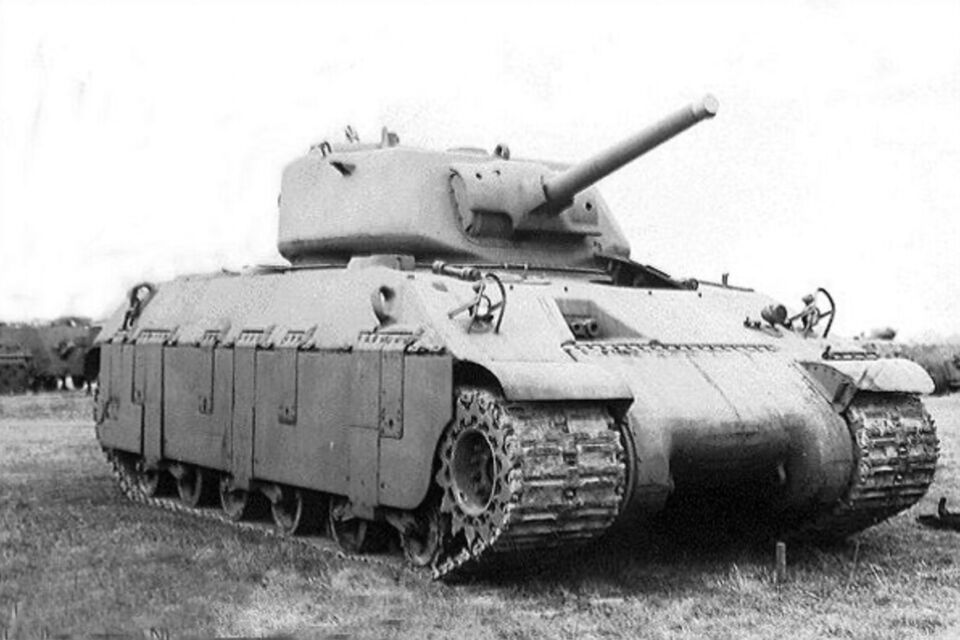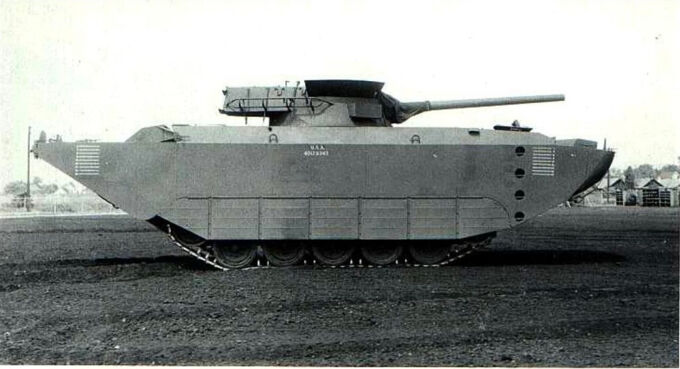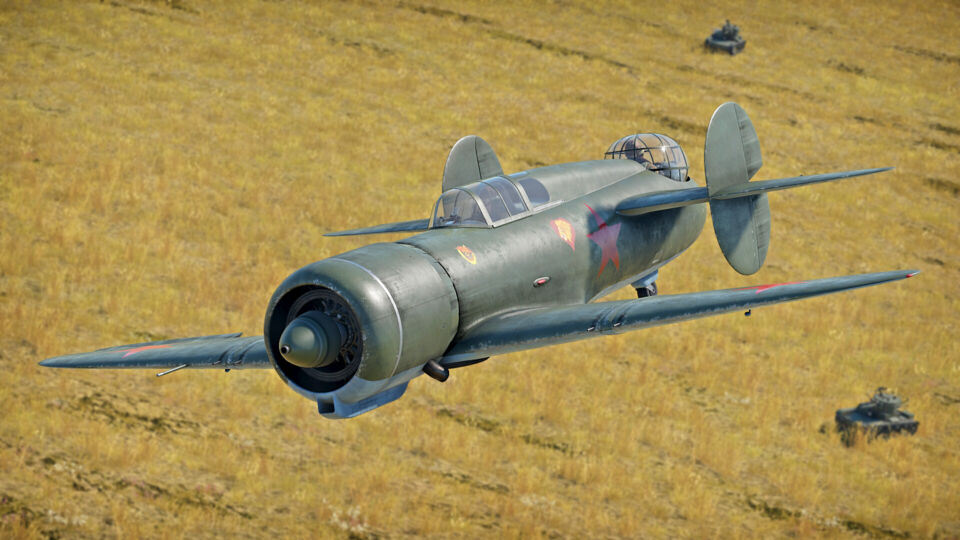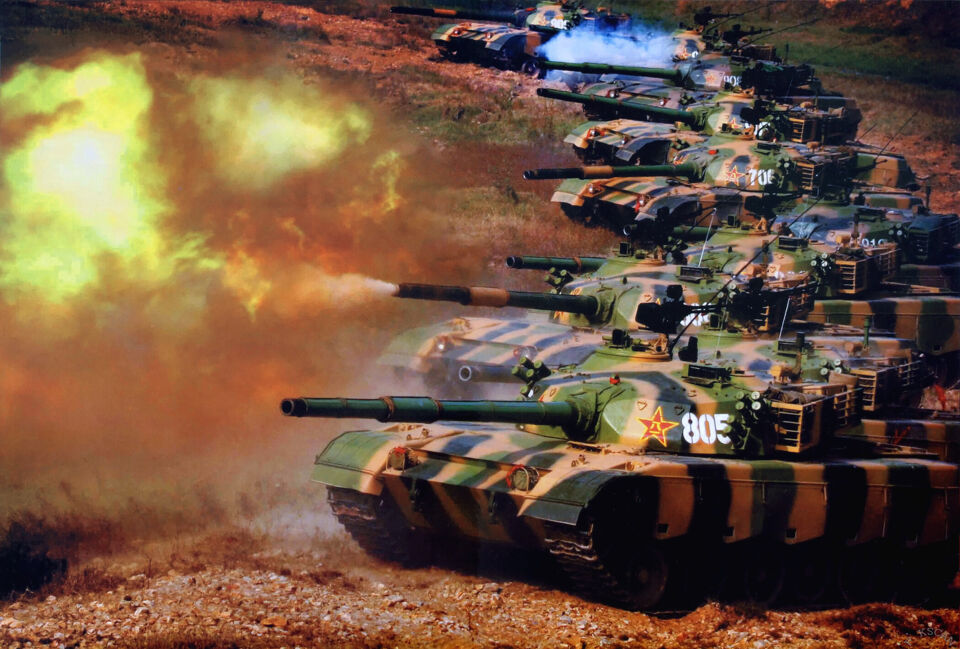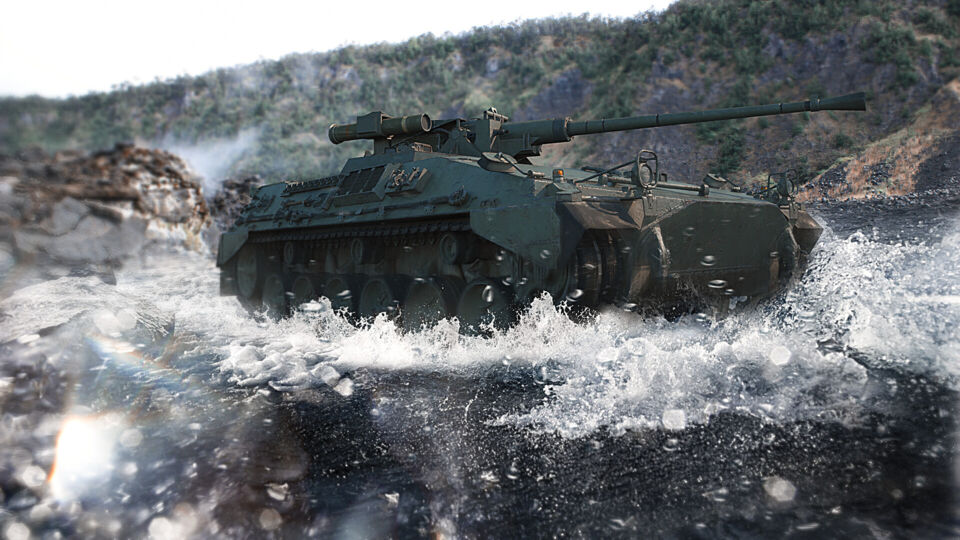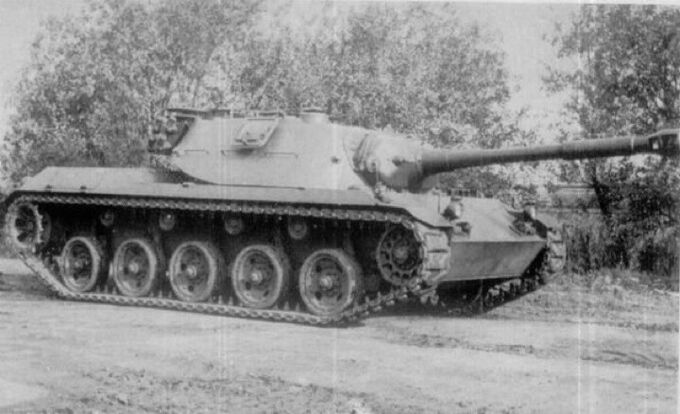#prototype
The T14 was a heavy tank that was the result of a joint American and British project aimed at developing a universal heavy infantry tank. The United States built two prototypes, one of which was sent to Great Britain for testing and the other was tested in the United States. They never entered serial production and never saw combat.
Developed back in the 1930s by Pyotr Dmitrievich Grushin, the Tandem-MAI was an experimental Soviet attack aircraft with a really unique tandem wing setup. Mostly built out of wood and without a vertical stabilizer, it was all about being quick on its feet and packing a punch with its weapons. It’s a pretty cool alternative to more traditional ground-attack planes like the Il-2. Even though it never went into mass production, its distinct design and armament make it stand out in War Thunder. Its nimble handling and five fast-firing ShKAS machine guns give players a thrilling, high-stakes experience. Whether slicing through ground targets or dodging enemy fire, the Sh-Tandem delivers a one-of-a-kind combat vibe that’s both wild and fun.
The ZTZ96 is China’s most advanced second generation main battle tank (MBT). But its history actually extends well before the ZTZ96 actually appeared and its development history is extremely messy (not that any tank development project is ever neat), filled with several weird prototypes and secretive vehicles. So, let’s take a look at the history of this tank’s development, its main variants, and all of those weird 1-off prototypes that never made it to production.
The Begleitpanzer 57 is a West German experimental vehicle of the late 1970s. Developed by Thyssen-Henschel in collaboration with Bofors, it was designed to fill a presumed niche in the fighting vehicles market at the time. The Begleit, based on the chassis of the Marder IFV, was classified as an Armored Infantry Fire Support Vehicle, or AIFSV for short. This vehicle has been developed privately with no government contract or similar ever given out for it. Only one prototype of this fighting vehicle was ever finished.
The XM803 stands as a daring experiment in American tank design, conceived from the ambitious MBT-70 program. Initially envisioned as a next-generation main battle tank to replace the aging M60 family, the XM803 was engineered to combine overwhelming firepower with exceptional mobility. Outfitted with a cutting-edge 152 mm XM150E6 gun/launcher, advanced targeting systems, and a two-plane gun stabilizer paired with an autoloader, it promised to redefine battlefield engagement. Yet, in its quest to balance performance and cost, the XM803 sacrificed armor protection and crew survivability making it a high risk, high reward vehicle that rewards skilled, hit-and-run tactics with its incredible mobility and firepower.
The T95E1 represents a bold step forward in American tank design. Developed during the early years of the Cold War, the T95E1 was engineered to tackle the challenges posed by emerging armored threats. With a focus on advanced firepower, this experimental tank was designed to push the boundaries of what was possible in future armored warfare. In-game, the T95E1 has a 90mm smoothbore gun capable of firing APFSDS with excellent ballistics and angled penetration. Though the T95E1 has less impressive mobility and even worse armor, good positioning and capitalizing on the firepower can make the most out of this prototype tank.
The E-series (Entwicklung; development series) consisted of a series of standardized tank types which were intended to replace existing German tanks of the Second World War such as the Panther, Tiger, Jagdpanzer IV, and Panzerjäger 38(t). However, most of them only reached the development stages and were not fully built.
In the early 1960s, the West German Bundeswehr used the aging M41 Walker Bulldog as their primary reconnaissance tank. There was a clear need for a more modern, capable tank to fulfill this role. As a result, the Spähpanzer Ru 251, a light reconnaissance tank based on the Kanonenjagdpanzer 4-5 tank destroyer, was developed as a potential replacement. The Ru 251 was a fast, agile light tank, but it never reached full production, as it was overshadowed by the emerging Leopard 1 main battle tank.
